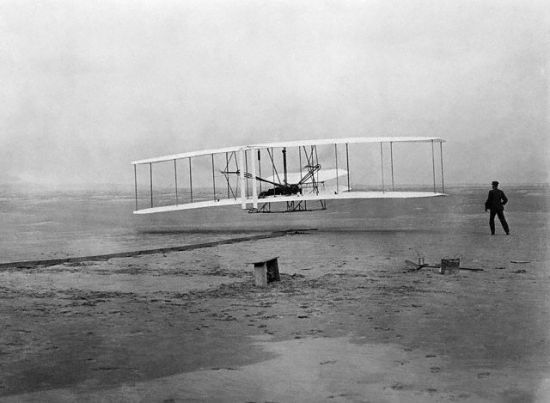Damsel got this nice photo of a vintage Beech 18 as it flew overhead today. She says that the sky was filled with nice wispy clouds all day and it was pretty nice. Click on the image for the 800×600 pixel image.
For me, the B-18 is a nostalgic symbol of my days in Naval Aviation. I flew co-pilot in one of these for a former Blue Angel pilot who invited several sailors to join him on a currency flight. Later in my (short) Navy career, I maintained avionics on these and other reciprocating (piston) engine airplanes and helicopters. The military designation for the Beech 18 is C-45.
Wikipedia has this and more about this venerable aircraft.
The Beechcraft Model 18, or “Twin Beech”, as it was better known, is a 6-11 place, twin-engine, low-wing, conventional-gear aircraft that was manufactured by the Beech Aircraft Corporation of Wichita, Kansas. This model saw service during and after World War II in a number of versions including the United States Army Air Forces C-45 Expeditor, AT-7 Navigator, AT-11 Kansan, and for the United States Navy, UC-45J Navigator and the SNB-1 Kansan. An estimated aggregate total time in service for the aircraft time is in excess of 20,000,000 hours of flight time.
The Beech 18 is the most modified US-certified aircraft design, with over 200 FAA approved Supplemental Type Certificates on record for the aircraft.
The aircraft uses have included aerial spraying, sterile bug release, fish seeding, dry ice cloud seeding, aerial fire fighting, airborne mail pick up and drop, ambulance service, numerous movie productions, skydiving, freight, gun and drug smuggling, engine test bed, skywriting and banner tow. A number of Model 18s were operated as passenger aircraft, The Model 18 was also the first aircraft flown by Philippine Airlines, Asia’s first and oldest airline. Many are now in private hands as highly prized collectibles.

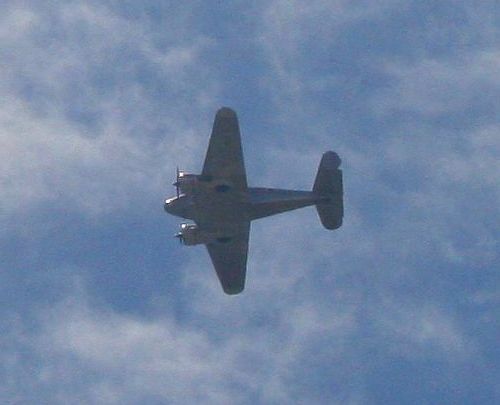

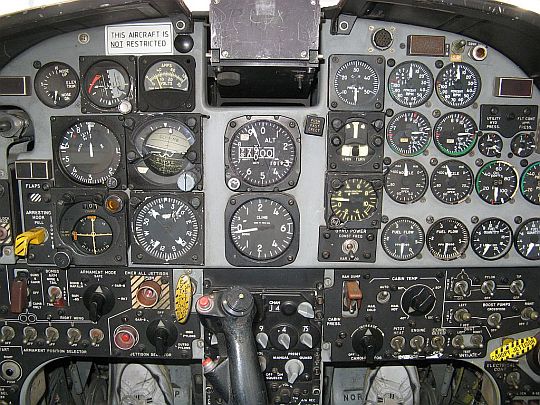
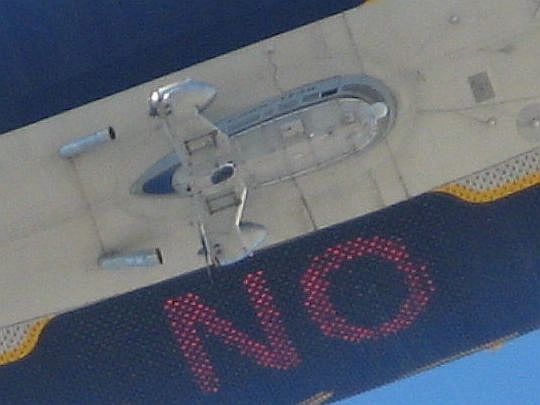
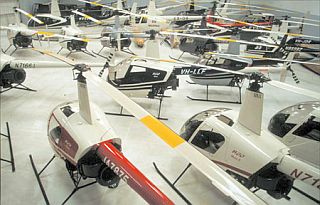 President Bush will pay a visit to Robinson Helicopter Co. in Torrance on Wednesday as he urges Congress to pass three free trade agreements.
President Bush will pay a visit to Robinson Helicopter Co. in Torrance on Wednesday as he urges Congress to pass three free trade agreements.